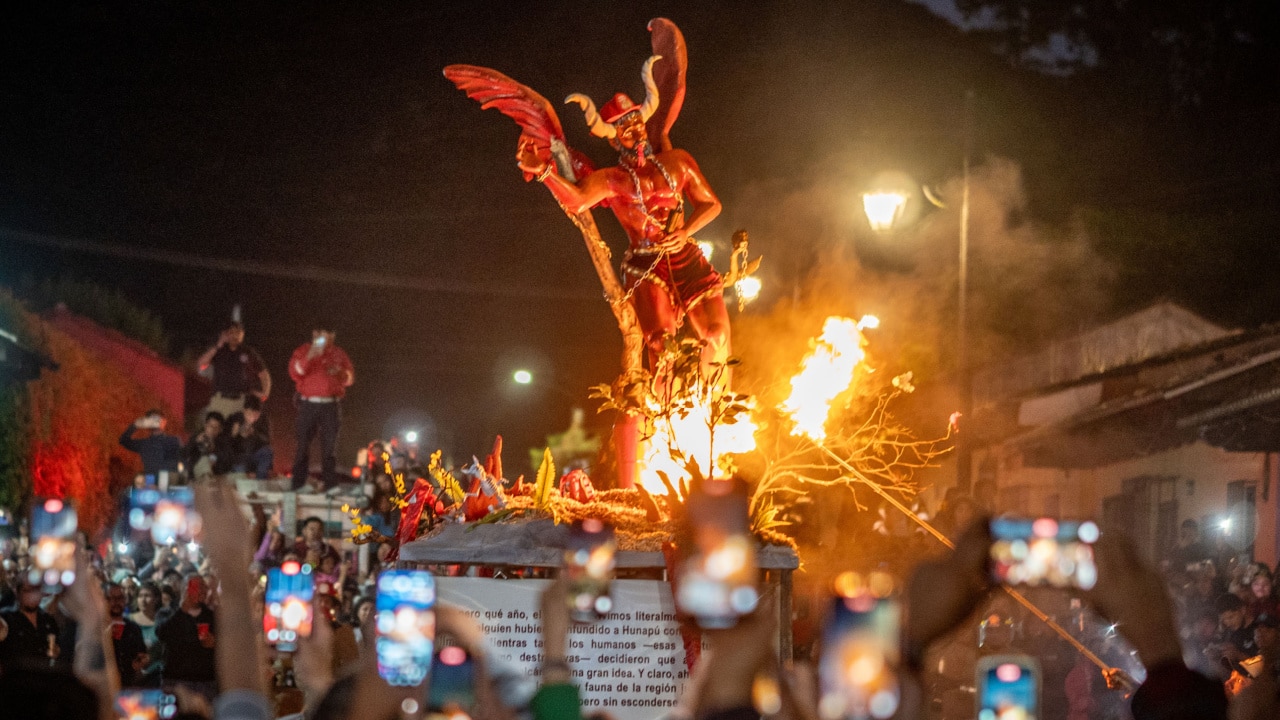After 400 Years, a Dialect of Spanish Spoken Only in New Mexico Is on the Verge of Disappearing
The debate over American identity often rears its ugly head: Is English the official language? Do we have the right to speak the language of our ancestors in an English-speaking country? Why does it bother people so much when we speak Spanish in public?
However, the story of a small town in northern New Mexico gives another perspective to anodyne discussions.
The New York Times reported residents of Questa still speak the oldest Spanish dialect in the country.
The town, nestled in the snow-capped Sangre de Cristo Mountains, preserves a dialect that dates back more than four centuries.
Spanish preserved since colonial times
The inhabitants of Questa are fluent in a dialect that preserves the verbal conjugations of the region’s first settlers. Between orthodox pronunciations and words borrowed from English, the inhabitants speak a form of Spanish that is only preserved there.
As the New York Times explains, several generations have preserved a dialect spoken nowhere else on the planet.
“Even after the absorption of their lands into the United States in the 19th century, generations of speakers somehow kept the dialect alive, through poetry and song and the everyday exchanges on the streets of Hispanic enclaves scattered throughout the region,” the Times reported.
Called “New Mexican Spanish,” this dialect has been passed down from generation to generation.
Families of descendants of 16th- and 17th-century Spanish settlers living in northern New Mexico and southern Colorado preserved the language.
The language first arrived in the region with the colonizing expedition of Juan de Oñate in 1598. The conquistador brought with him between 600 and 700 colonists. Almost half of them were Spanish, and the rest were from other parts of Latin America, the Canary Islands, and Portugal.
Due to the state’s political history and the region’s relative geographic isolation, the dialect has survived 400 years.
This dialect differs from others spoken in Central America and other Spanish-speaking countries by its retention of colonial-era Spanish forms and vocabulary that are no longer present in the standard.
This includes “haiga” instead of “haya” and “Yo seigo” instead of “Yo soy.”
The Neo-Mexican dialect also adopts Nahuatl words brought by the colonists, such as chimayó, “obsidian flake,” and other words from Tewa and Zuni.
A piece of history on the verge of disappearing
Sadly, many of the elements of the New Mexican Spanish have disappeared over time.
As the Times explained, the dialect is being eclipsed by the Spanish by a new wave of migrants, mainly from the northern Mexican state of Chihuahua.
Likewise, economic and cultural challenges, as well as climate change, could affect the growth and survival of the rural communities that have safeguarded New Mexico Spanish for so many centuries.




